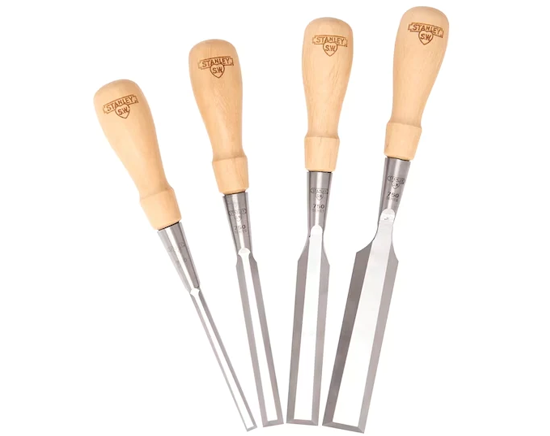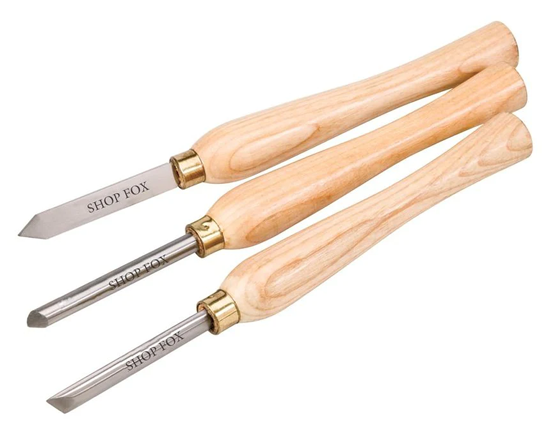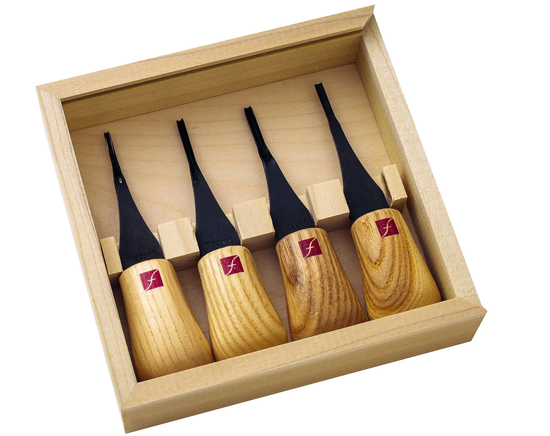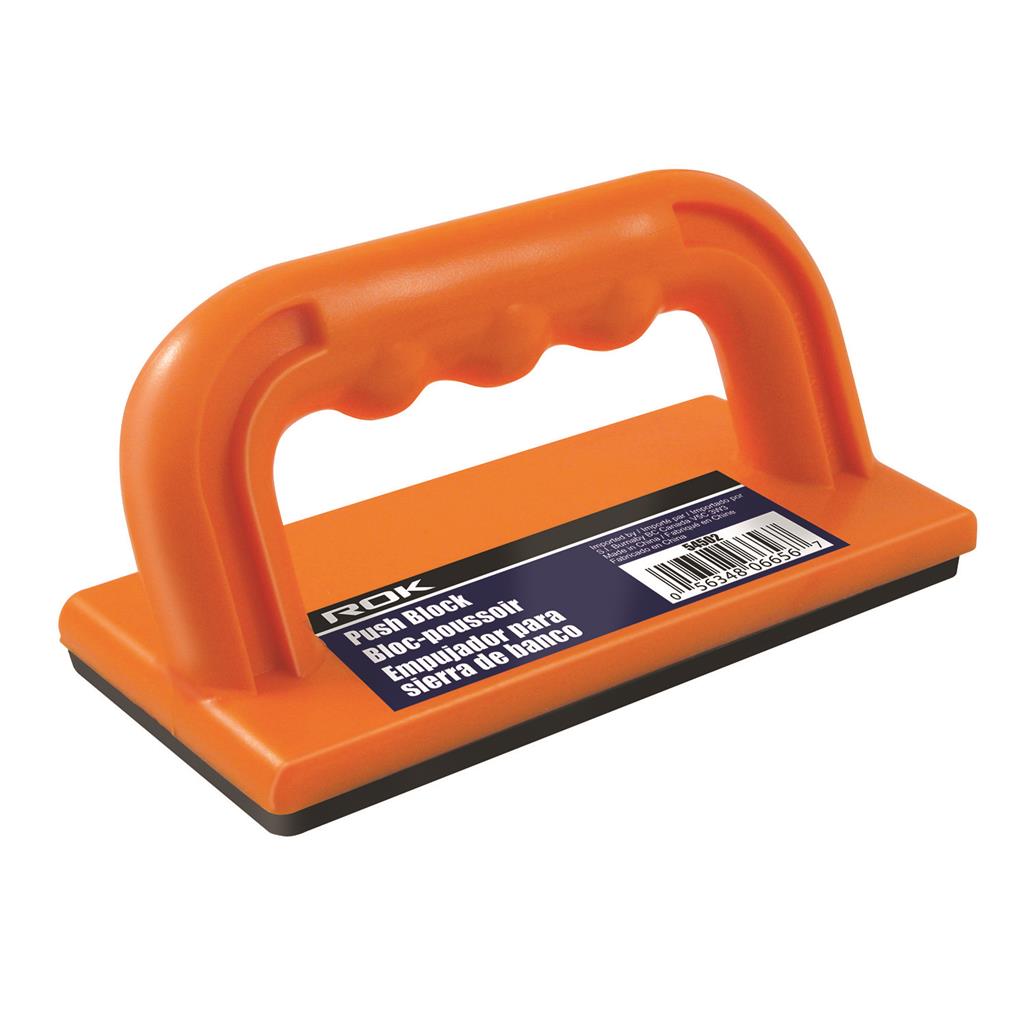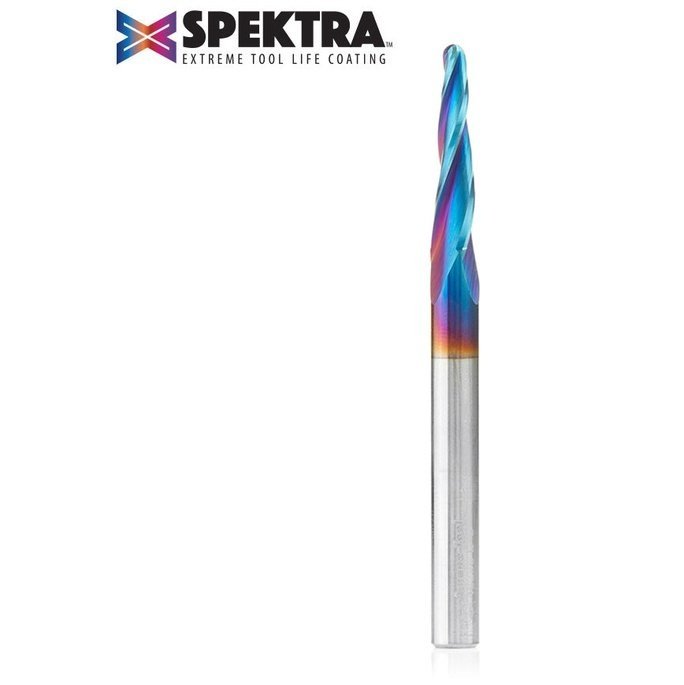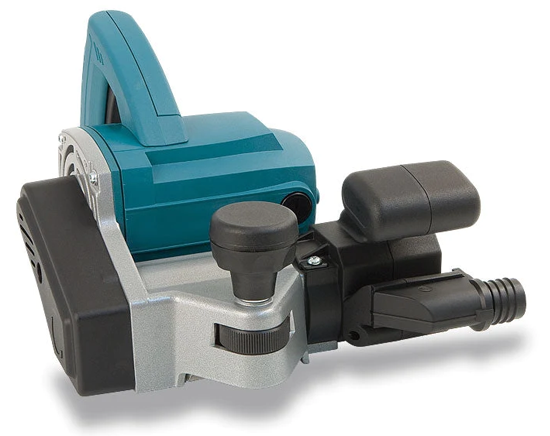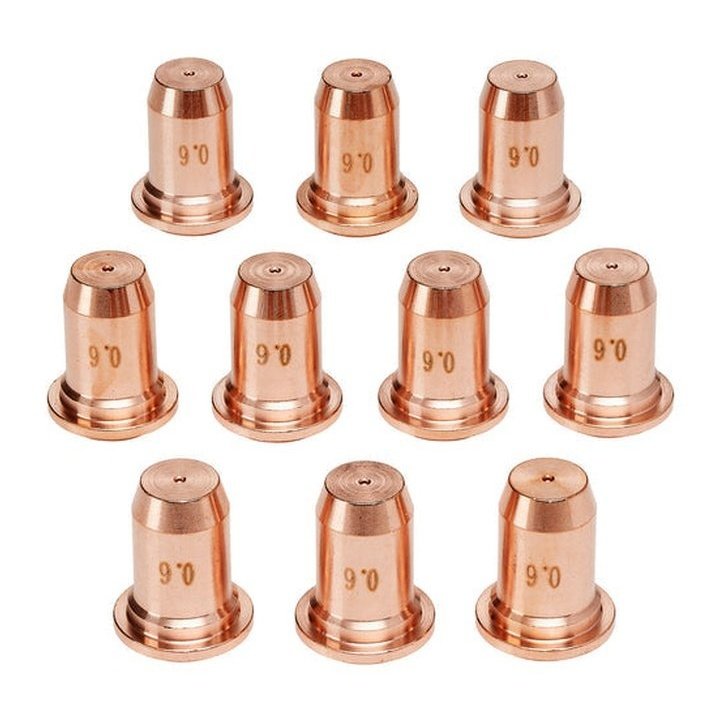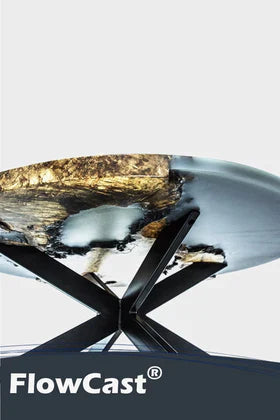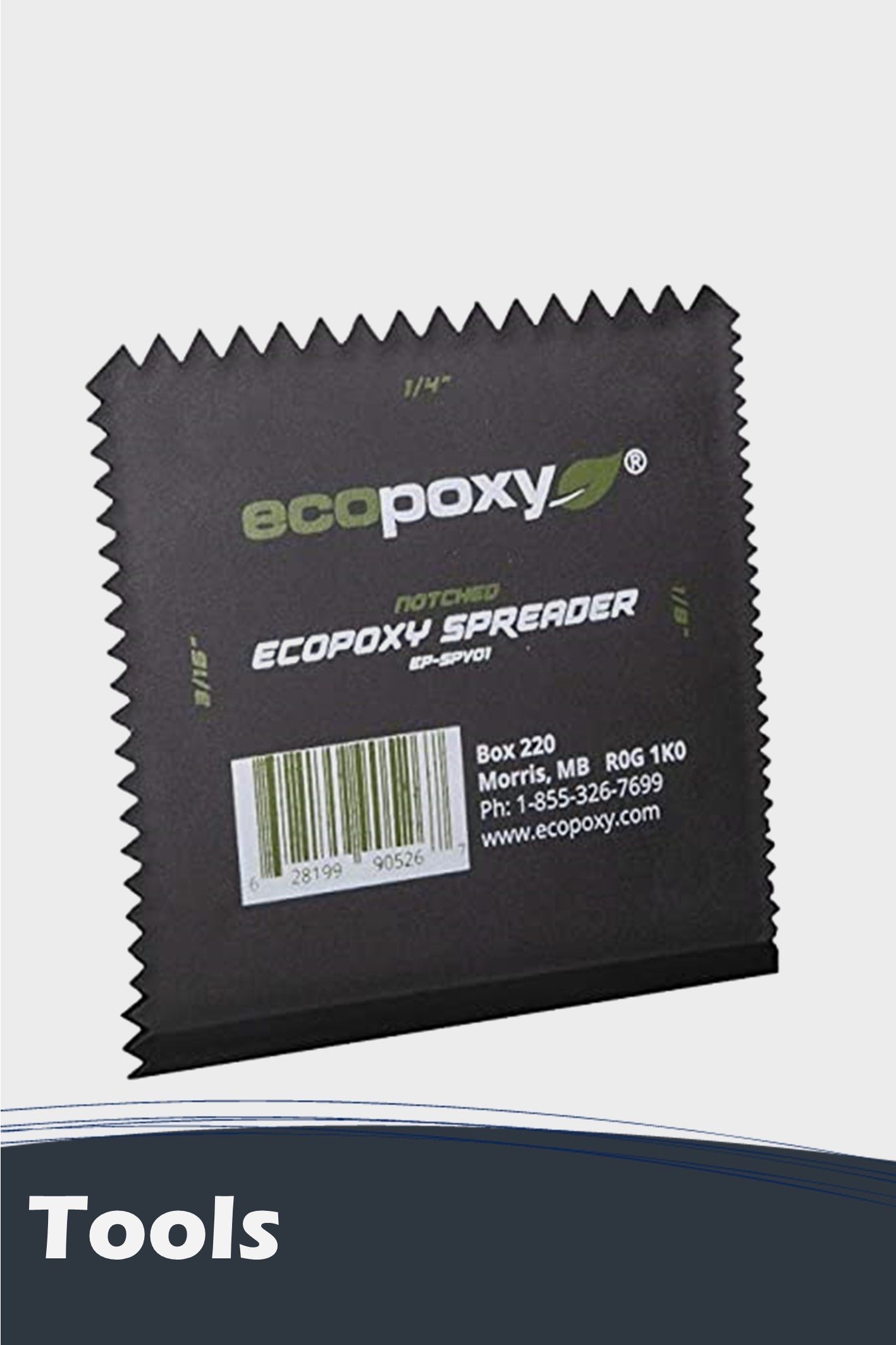CA Glue for Ivory Fossils
Fossils can be very delicate. Let’s take an example of mammoth ivory. Once they develop hairline cracks, they don’t hold up unless you decide to stabilize them. Sometimes, stabilizing the ivory can still be an issue, especially when you are not sure of the products to use. They can eventually break off and become useless. One product that can come in handy during such situations is cyanoacrylate glue. This glue has tons of properties that make it the best option for this function.
Let’s look at some of the key reasons why you should use CA glue to stabilize ivory fossils.

Strong Adhesive
Thin ca glue has a water like viscosity. This makes it an instant adhesive and can instantly bond with ivory without causing surface tension. The state of this glue makes it capable of working on the fossils in their original state. You won’t have to use heat to make the ivory compatible with the glue. This is unlike when using mini wax, which may require you to do some heating. The presence of silica enhances the adhesiveness of the CA glue.
Other additives such as rubber help to boost the strength of this glue as well as make it resistant to physical impacts by forming permanent bonds with the ivory and fossils.
Bonds with Water
The chemical composition of CA glue makes it form a polymer when mixed with water. This happens because CA glue is an acrylic resin which can easily react with hydroxide ions that are in the water to form strong bonds. This means that CA glue becomes stronger even when exposed to moisture. This is unlike most alternative products that become weak when there is high humidity.
Stops the Spread of Splits and Hairline Cracks
One thing about mammoth ivory is that once a hairline crack develops, the chances are that it will begin spreading to other parts of the fossil. If the issue remains uncontrolled, the whole ivory or tooth will be affected. CA glue stops the hairline cracks from spreading to other parts of the fossil.
Most glues only work on the specific parts of the mammoth tooth, leaving other areas that seem to be good but are vulnerable. All you need is to allow the glue to soak into the cracks properly.
Low Shearing Strength
There are cases where you may want to preserve the natural state of your fossils. Maybe you don’t want your mammoth tooth or ivory to have any marks of glue. CA glue is applicable in such cases, thanks to its low shearing strength.
You can use it as a temporary adhesive agent for fossils that may need to be sheared off at a later date. This is because it forms a weak bond with smooth surfaces, which means that it can be easily removed whenever the need arises.
As you can see, the CA glue is an ideal solution when it comes to stabilizing ivory fossils. You can use it to preserve your mammoth tooth or ivory.
































